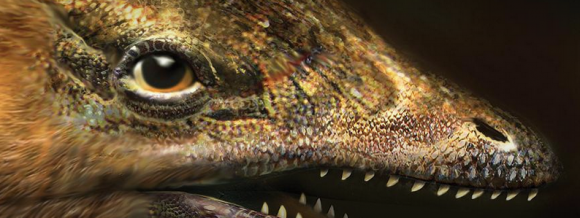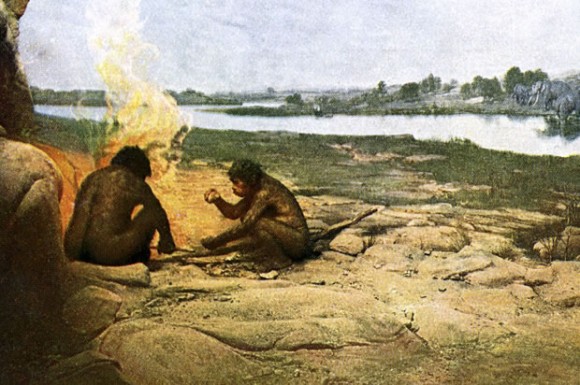What Vampire Graves Tell Us…
Who doesn’t enjoy a morbid love of vampires? And who doesn’t love the history of vampires even more?
What Vampire Graves Tell Us About Ancient Superstitions
Hundreds of years ago, ignorance about decomposition and disease sparked fears that the dead returned to drink the blood of the living.
“In 1846, a man named Horace Ray died of tuberculosis in Griswold, Connecticut. Within the next six years, two of his grown sons died of the same disease. When yet another son fell ill two years later, Ray’s family and friends could think of only one explanation: The dead sons were somehow feeding on and sickening the living one—from the afterlife. In an effort to keep the remaining son from getting even worse, they exhumed the dead sons’ bodies and burned them.
This wasn’t an isolated incident. In 1874, a Rhode Island man named William Rose dug up his own daughter’s body and burned her heart, and in 1875 a victim of “consumption,” as TB was called then, had her lungs burned posthumously for good measure.
This practice of digging up, burning, or otherwise attempting to restrain the deceased was a widespread practice in many Western countries until the early 20th century, and it was intended to prevent what people at the time thought of as vampires: Dead victims of disease that literally sucked the life out of the living from beyond the grave.
We now imagine vampires as blood-drinking, cloaked Counts—or possibly sparkly, sexy teenagers—but throughout history everyone from the Ancient Greeks, to the Eastern Europeans, to 19th-century Americans saw them as disease victims (and sometimes simply dead miscreants) who could prey on the living from the Great Beyond…”
For the rest, go here, to The Atlantic.
Share



